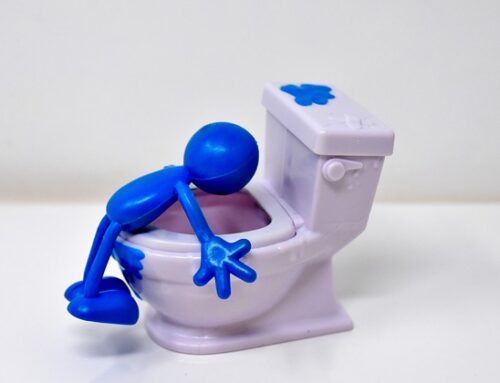Since it has been raining for, well, I don’t even know how long… (Should we start building an ark??), it is important to think about how to keep your feet dry while hiking. Yes, I know, timely right?
Taking care of your feet is a top priority and with all this ongoing rain here in the south, it seems like a real challenge to keep them dry. It is fairly straightforward to keep your body dry with all the options available today….rain jackets, rain pants, ponchos, rain hats, and even newer items like “rain wraps” which are rain gear in a skirt form, or even a hiking umbrella! (My own newest edition to my ever-growing gear collection!)
Keeping the feet dry and comfortable can be much more challenging. Conditions such as trench foot, athletes’ foot, friction that leads to blisters, or other infections can be caused by having wet feet for extended periods of time and can become a serious condition if left untreated.
The first and most important thing to remember is to avoid [anything] cotton. Cotton will absorb water, cause friction, and has no insulating value which if it is cold, could lead to hypothermia, even in warm temperatures. Oh yeah…and they will take forever to dry. Choose wicking materials, such as Merino wool.
As far as keeping feet dry, there are two very different schools of thought. Waterproof shoes and boots such as those made with Gore-Tex or other waterproof/breathable fabrics and then there is the other side of the coin… super, lightweight mesh-type shoes. This option will provide less support and will get wet quickly but will dry much faster.
I have had a long history of hiking and backpacking with foot issues myself such as, chronic blisters, plantar fasciitis, severe callouses, as well as having a high-volume foot (read: big ass foot), which can make it harder to find shoes that fit well, to begin with. I tend to prefer a more supportive boot that can handle all of my hiking shoe accouterments such as sock liners, inserts, and heel cups. I have found it more difficult keeping my heavy boots dry but have learned some great tips along the way.
Here are my 7 personal favorite tips to keep feet as happy as possible when conditions are soggy:
- Take breaks regularly (every 1 ½ -2 hours of walking) and take off your shoes and socks to air them out. It is important to let your feet dry out regularly which will help toughen them up. This also gives you a chance to check for hot spots or chaffing you may not have noticed while walking.
- Remove the insoles from your shoes and loosen the laces to help them dry out.
- Change your socks, regularly. Bring extra pairs of wool socks to change in to. Wring out wet socks and keep them close to your body so your body heat will speed up the drying process.
- Wearing gaiters can keep water and debris from entering the top of your shoes/boots. They come in all kinds of shapes, sizes, and materials but basically cover the tops of your shoes and hook over your laces and/or around the bottom of the shoe.
- Dry out your shoes when you can, by stuffing them with absorbent materials such as newspaper.
- Friction and chafing can be much worse when your feet and shoes are wet. A lubricant such as Body Glide can help reduce the chances of a blister beginning to form.
- Keep your feet clean! When I am backpacking, one of my favorite foot care rituals is using Gold Bond powder after thoroughly cleaning my feet and drying them. Then I put on a designated dry clean pair of socks for sleeping.
I hope this helps you stay warm and dry on all your outdoor hiking adventures.
Want to learn more about starting a regular walking or hiking practice? Let’s talk! I would love to chat with you anytime about adding an amazing life-changing activity to your life. Just schedule a time on my calendar that works best for you. I look forward to it! -Collin




